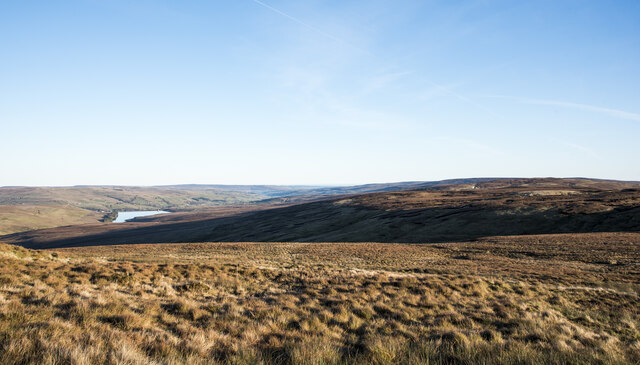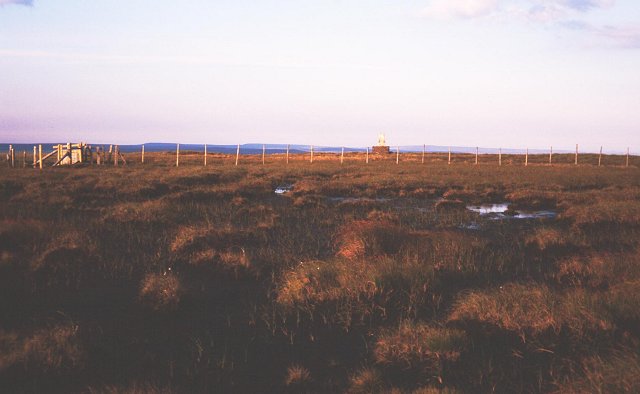Burnhope Moor
Downs, Moorland in Durham
England
Burnhope Moor

Burnhope Moor is a vast expanse of moorland located in County Durham, England. Situated in the North Pennines Area of Outstanding Natural Beauty, it spans an area of approximately 4,000 hectares. The moorland is characterized by its rolling hills, heather-covered landscapes, and numerous small streams and rivers.
The moor is predominantly composed of acidic peat soil, which provides a unique habitat for a variety of plant and animal species. Heather dominates the vegetation, creating a beautiful purple carpet during the summer months. Other plant species found on the moor include cotton grass, bilberry, and several species of moss.
Burnhope Moor is home to a range of bird species, including the endangered black grouse and the red grouse, which are particularly adapted to the moorland environment. Curlews, lapwings, and golden plovers can also be spotted in the area. The moorland provides an important nesting ground for these birds, as well as a habitat for small mammals such as voles and shrews.
The area has a rich cultural history, with evidence of human activity dating back thousands of years. Archaeological sites, including Bronze Age burial mounds and stone circles, can be found scattered across the moorland. Additionally, the remains of old mine workings serve as a reminder of the area's industrial past.
Burnhope Moor offers visitors a chance to experience the tranquility and natural beauty of the North Pennines. There are several walking and cycling routes that allow exploration of the moor, providing breathtaking views and opportunities for wildlife spotting.
If you have any feedback on the listing, please let us know in the comments section below.
Burnhope Moor Images
Images are sourced within 2km of 54.734507/-2.2893207 or Grid Reference NY8137. Thanks to Geograph Open Source API. All images are credited.
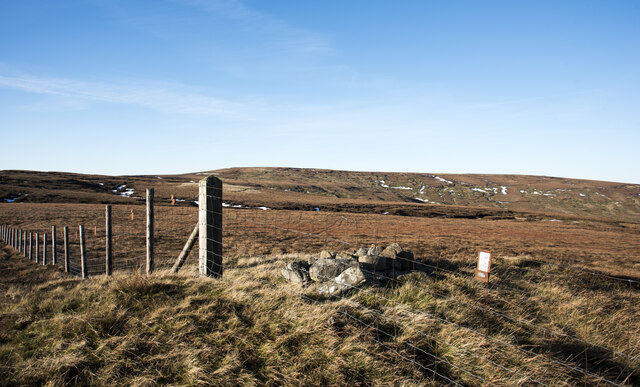
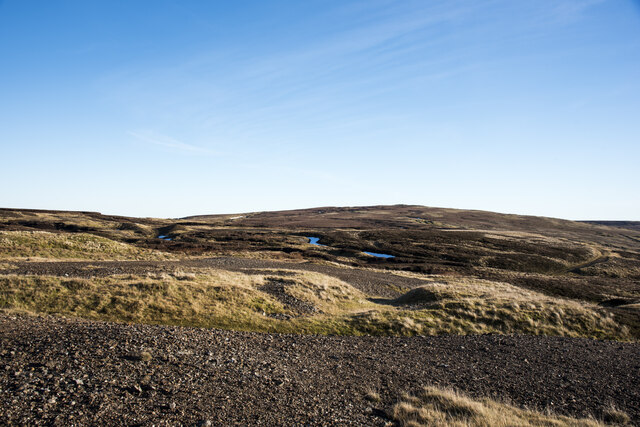



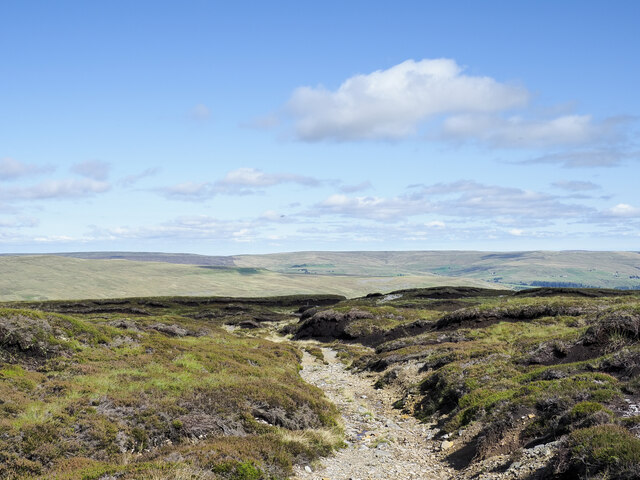
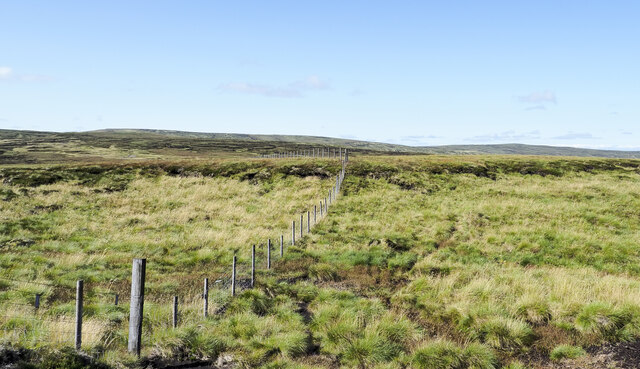


Burnhope Moor is located at Grid Ref: NY8137 (Lat: 54.734507, Lng: -2.2893207)
Unitary Authority: County Durham
Police Authority: Durham
What 3 Words
///daredevil.briefer.technical. Near Alston, Cumbria
Nearby Locations
Related Wikis
Far High House Meadows
Far High House Meadows is a Site of Special Scientific Interest in Upper Weardale in west County Durham, England. It consists of three fields, located...
Burnhope Seat
Burnhope Seat is a high moorland fell in the North Pennines Area of Outstanding Natural Beauty (AONB) in northern England. It lies between the heads of...
Burnhope Reservoir railway
The Burnhope Reservoir railway was an industrial narrow gauge railway built to serve the construction of Burnhope Reservoir near Weardale. An extensive...
New House, County Durham
New House or Newhouse is a hamlet in the civil parish of Stanhope, in County Durham, England. It lies on the north side of the River Wear, opposite Ireshopeburn...
Wearhead
Wearhead is a village in the civil parish of Stanhope, in County Durham, England. It is situated at the top of Weardale between Cowshill and Ireshopeburn...
Cornriggs
Cornriggs is a hamlet in the civil parish of Stanhope, in County Durham, England. It is situated on the north side of Weardale in the North Pennines,...
Wearhead railway station
Wearhead railway station served the village of Wearhead, County Durham, England, from 1895 to 1961 on the Weardale Railway. == History == The station opened...
Cowshill
Cowshill is a village in the civil parish of Stanhope, in County Durham, England. It is situated at the top of Weardale, between Lanehead and Wearhead...
Nearby Amenities
Located within 500m of 54.734507,-2.2893207Have you been to Burnhope Moor?
Leave your review of Burnhope Moor below (or comments, questions and feedback).
